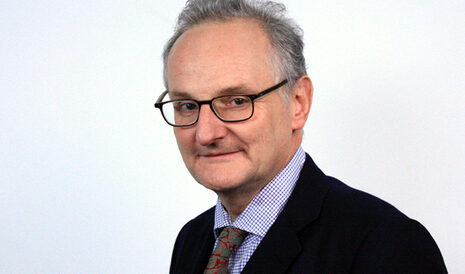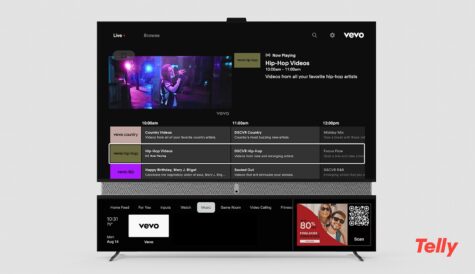Disney plans to cut investment in local programming following streaming losses
 Disney CEO Bob Iger has admitted the Mouse House will cut investment in local programming and is exploring the future of its flagship streaming service in “multiple” markets as it seeks D2C profitability, following new details about its AVOD plans in Europe and Canada.
Disney CEO Bob Iger has admitted the Mouse House will cut investment in local programming and is exploring the future of its flagship streaming service in “multiple” markets as it seeks D2C profitability, following new details about its AVOD plans in Europe and Canada.
Iger was speaking following Disney’s Q3 results, which the company used to unveil a US price rise – the second in less than 12 months – and the launch of an ad-supported tier across Europe and Canada.
The CEO, who returned to replace Bob Chapek last year, said the company is “looking at multiple markets… with an eye toward prioritising those that are going to help us turn this business into a profitable business.”
He continued: “What that basically means is there are some markets that we will invest less in local programming but still maintain the service. There are some markets that we may not have a service at all.
“And there are others that we’ll consider, I’ll call it, high-potential markets where we’ll invest nicely for local programming, marketing and basically full-service content in those markets. Basically, what I’m saying is not all markets are created equal.
“And in terms of our march to profitability, one of the ways we believe we’re going to do that is by creating priorities internationally.”
Disney+ prices in US & Europe
Following a year in which all eyes have been on profits rather than subscriber growth, Disney sated Wall Street desires by revealing cost increases in the US and new revenue streams in Europe.
The cost of a standard, non ad-supported plan for its flagship streaming service in the US is set to rise from 12 October by almost 30% to $13.99 per month (up from $10.99), while Hulu’s cost will rise 20% to $17.99 per month (from $14.99).
The ad-supported version remains $7.99 per month, while a Hulu and Disney+ bundle will be launched 6 September and cost $19.99
Disney also said its ad-supported version would launch in the UK, France, Germany, Switzerland, Italy, Spain, Norway, Sweden, Denmark and Canada on 1 November, with Iger highlighting that 40% of its new customers in the US had taken the ad plan, equating to 40% of all new customers.
The ad-supported plan’s cost in Europe represents an almost 40% saving on the standard version, with the UK cost coming in at £4.99 ($6.38) per month vs £7.99 for the non-ad standard tier.
In France, Germany, Italy and Spain, the ad plan costs €5.99 ($6.60) versus €8.99 for the non-ad plan; in Switzerland the ad plan is CHF7.9 ($9) versus CHF12.90; in Norway the ad plan is NOK59 ($5.80) versus NOK89; in Sweden the ad plan is SEK59 ($9) versus SEK89; and in Denmark the ad plan is DK49 (7.25) versus DK79.
The plan will cost C$7.99 ($5.97) per month, with a standard non-ad plan costing C$11.99.
The ad plan removes the download facility but allows two concurrent streams, with exclusives such as The Bear sitting alongside library shows including Grey’s Anatomy and The Full Monty.
Cutting losses
The moves came as Disney reported modest gains across its direct-to-consumer operations over the last three months, with a loss of $512m from streaming in Q3, down from $1.06bn a year ago, while D2C revenue was up 9% at $5.53bn.
Subscribers were up by 800,000 globally, with 1.1 million additions offsetting the 300,000 net decline in North America.
Linear networks continued to decline as revenue dropped 7% to $6.7bn, with the results coming a month after CEO Bob Iger admitted its channels business “may not be core” to the Mouse House’s future.
The Disney CEO added that it continued to explore the future of its linear networks, with “an eye towards maintaining a rich flow of content to fuel our growth business, which would be streaming”.
The Mouse House is also set to follow Netflix’s lead in cracking down on password sharing, while interim CFO Kevin Lansberry said the company retained sufficient cashflow should it want to take full control of Hulu in the US.
A decision is due in January, with Disney having the option of paying around $9.2bn to acquire the 33% stake in Hulu from Comcast.



